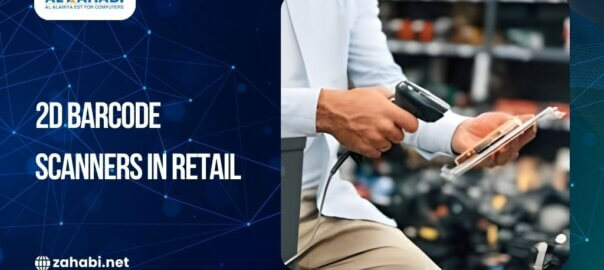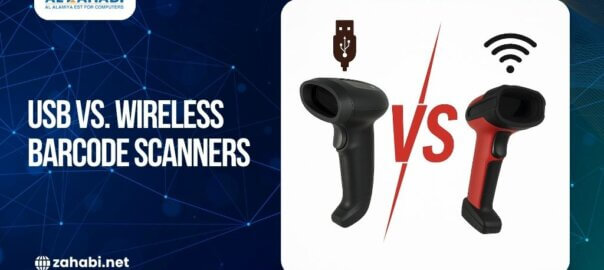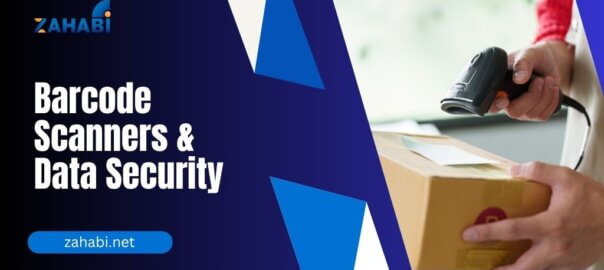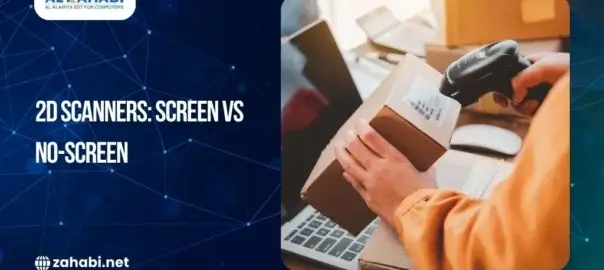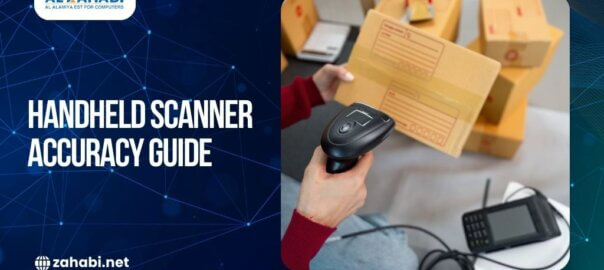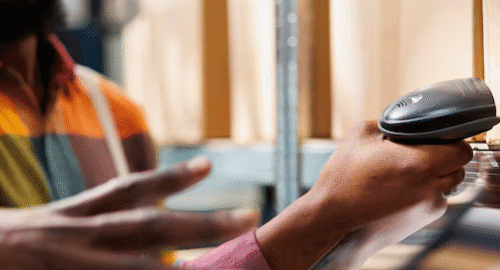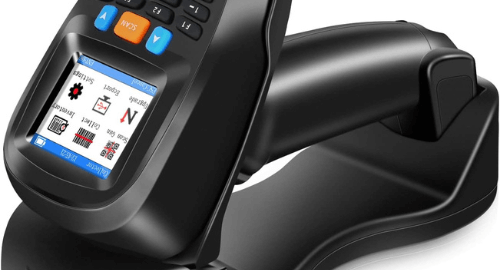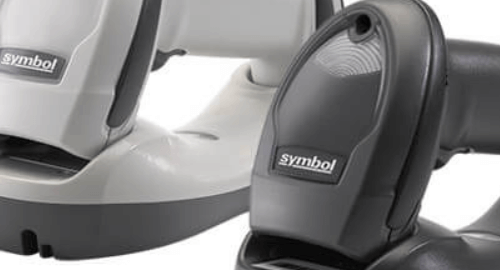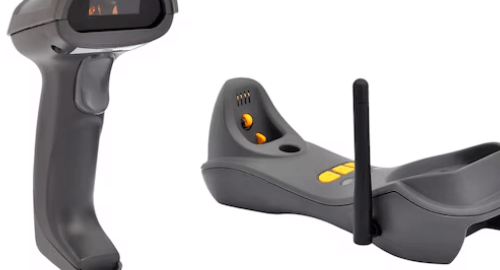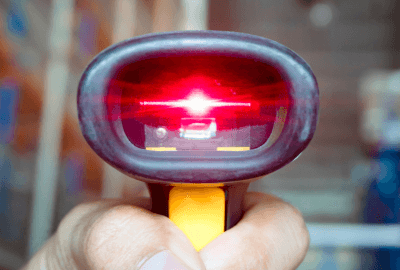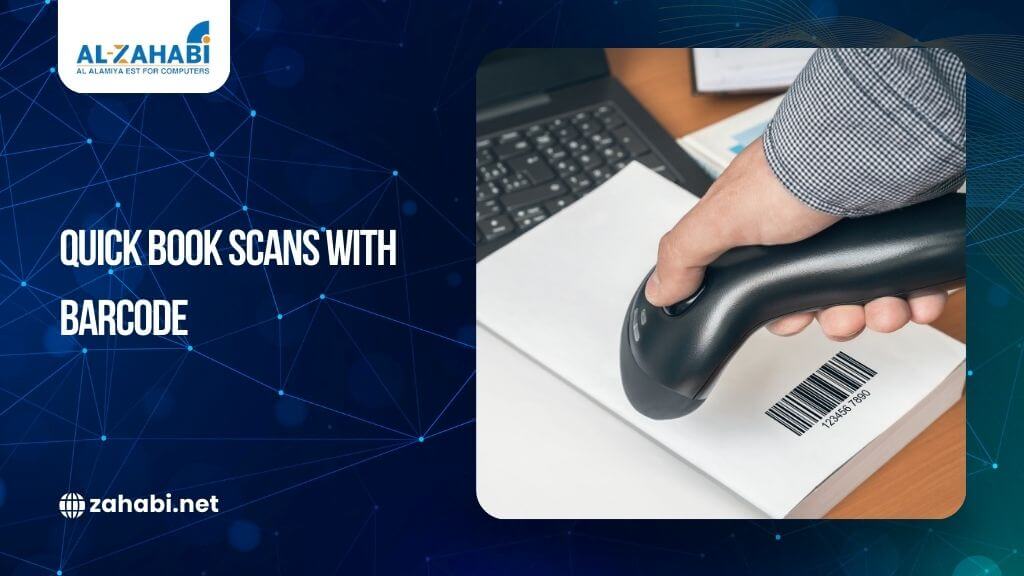
Libraries in schools, universities, or communities have one thing in common: processing large collections. The old-fashioned manual process of scanning books in and out takes time, makes mistakes, and infuriates students and staff alike.
A reliable library barcode scanner eliminates these problems by providing fast scanning of books, automatic cataloging, and error-free data handling. Such advanced scanning technology is provided by companies like Zahabhi to streamline processes, enabling libraries to save time and enhance user satisfaction.
Main Advantages of an Effective Library Barcode Scanner
-
Faster Check-In and Check-Out
Using barcode scanning, employees no longer have to write book titles or IDs manually. One brief scan logs the transaction into the system. The average book may be processed in less than 2 seconds (Library Technology Reports, 2022).
-
Reduced Errors
Manual cataloging usually results in misplaced records. Barcode scanners have significantly reduced human mistakes (National Center for Biotechnology Information, 2021). Accuracy is vital where there is a high daily circulation in libraries.
-
Compatibility with Library Management Systems (LMS)
Current scanners come compatible with common LMS applications such as Koha and Evergreen. This translates to data being sent directly into the cataloging system, thus allowing real-time updates to the inventory.
-
Economical Operations
Although setup is an initial investment, scanners save costs in the long term by minimizing staffing requirements and reducing record-keeping mistakes. Scanners saved 20% of administrative work per year in public libraries that implemented them (UNL Digital Commons, 2023).
-
Accessibility and User Experience
Readers and students want fast service. Barcode scanners reduce waiting periods at circulation points to improve the overall user experience.
Wondering which barcode scanner suits your needs best? Check out “Different Types of Barcode Scanners in 2023” for a clear breakdown of technologies.
Why Libraries Need Robust Scanners, Not Just Basic Ones
Whereas simple scanners are used for minor tasks, libraries need strong solutions for:
- High Volume: University libraries can handle 5,000–10,000 transactions per week
- Durability: Everyday heavy use means scanners that can tolerate wear and tear.
- Compatibility: Scanners need to handle 1D and 2D barcodes since ISBN and QR codes are commonly used in libraries.
- Future-Readiness: Advanced versions also allow for RFID and smart card compatibility.
As Professor Emily Richards (University of Cambridge) puts it: “The strength of library barcode scanners is not only in their hardware, but in how they evolve with cataloging technologies.”
| Scanner Type | Features | Best For |
| Handheld Scanners | Portable, cost-effective, easy to use | Small to mid-sized libraries |
| Wireless Scanners | Bluetooth/Wi-Fi enabled, mobility-focused | Large libraries with multiple desks |
| Presentation Scanners | Hands-free scanning, continuous operation | High-traffic counters |
| Rugged Scanners | Shock-proof, durable, long-lasting | University or research libraries |
Source: Library Technology Guides (2023)
Zahabhi: A Reliable Name
Zahabhi has established itself as a reliable supplier of scanning solutions in educational and institutional libraries. Their scanners are:
- Robust: Constructed to withstand constant usage without drops in performance.
- Compatible: Facilitate integration with top LMS and database systems.
- Accurate: Provide rapid scanning with near-zero error rates.
- Future-Proof: Several Zahabhi models include RFID-ready functions for libraries of the future.
Middle Eastern and Asian libraries have already successfully implemented Zahabhi solutions, resulting in enhanced efficiency and smooth user experience.
Practical Uses of Reliability Library Barcode Scanners
-
University Libraries
Large academic libraries deal with massive collections. Reliable scanners facilitate bulk scanning to update catalogs and student loans.
-
Public Libraries
Presentation scanners at service counters are a boon for public libraries. They minimize queues and simplify the borrowing process.
-
School Libraries
Increasing collections within schools can utilize wireless handheld scanners for convenience and mobility.
-
Digital Integration
A few Zahabhi scanners support mobile app integration, where students can scan and monitor borrowed books directly.
Need help choosing a reliable handheld scanner? Dive into our complete guide “Handheld Barcode Scanner Accuracy: A Comprehensive Guide” for expert tips and insights.
The Future: Beyond Barcode Scanning
Whereas barcode scanning is the norm today, future-proof libraries are also looking into RFID and biometric integration. With RFID, books are scanned in groups, whereas biometric systems provide secure student identification. Zahabhi is already integrating barcode scanner with RFID and biometric attendance systems for library automation in the next generation.
FAQs
Q1. Why do libraries need to employ barcode scanners and not manual cataloging?
Barcode scanners reduce human errors, save time, and integrate directly with Library Management Systems for seamless record keeping.
Q2. What type of scanner is best for a small school library?
Handheld scanners are cost-effective and portable, making them ideal for smaller school libraries with limited book volumes.
Q3. Can Zahabhi barcode scanners work with ISBN codes?
Yes. Zahabhi scanners can read 1D barcodes such as ISBN and 2D like QR for complex uses.
Q4. How are robust scanners different from basic scanners?
Robust scanners are made for heavy, ongoing use with increased durability and multiple-system compatibility in contrast to basic ones.

